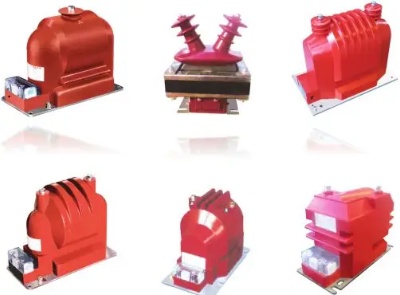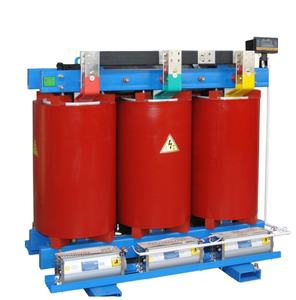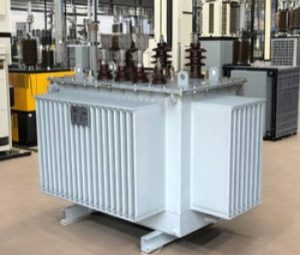Electronic Components Supplier | Transformers, Inductors, Inverters
Introduction
Current transformers (CTs) are essential components in electrical systems, used for measuring and monitoring current flow. Whether for industrial, commercial, or residential applications, understanding the cost of current transformer is crucial for budgeting and procurement. This article explores key factors affecting pricing, market trends, and tips for purchasing the right CT at the best price.

Factors Affecting the Cost of Current Transformer
1. Type of Current Transformer
The cost of current transformer varies based on its type:
- Wound CTs: Higher precision, more expensive.
- Toroidal (Window) CTs: Cost-effective, easy to install.
- Bar-type CTs: Used in high-voltage applications, mid-range pricing.
- Split-core CTs: Convenient for retrofitting, slightly pricier.
2. Accuracy Class
Higher accuracy classes (0.1, 0.2, 0.5) increase the cost of current transformer due to stricter manufacturing standards. Lower classes (1.0, 3.0) are more affordable.
3. Current Rating and Size
- Low-current CTs (5A-100A) are cheaper.
- High-current CTs (100A-5000A+) cost more due to robust materials.
4. Material and Build Quality
- Ferrite core: Budget-friendly, limited accuracy.
- Silicon steel core: Mid-range, good for general use.
- Nanocrystalline core: Premium cost, high efficiency.
5. Brand and Manufacturer
Reputable brands (ABB, Siemens, Schneider Electric) charge more, while generic brands offer lower cost of current transformer but may compromise on quality.
6. Additional Features
- Digital output (IoT-enabled CTs) increases cost.
- Weatherproof or explosion-proof designs add to pricing.
Current Market Trends Influencing CT Prices
1. Rising Demand for Smart Grids
The shift toward smart grids and renewable energy integration is increasing demand for advanced CTs, affecting the cost of current transformer.
2. Supply Chain and Raw Material Costs
Fluctuations in copper and steel prices directly impact manufacturing costs.
3. Energy Efficiency Regulations
Stricter efficiency standards push manufacturers to develop high-performance CTs, raising prices.
4. Growth in Industrial Automation
Industry 4.0 and automation trends drive demand for precision CTs, influencing market pricing.
How to Reduce the Cost of Current Transformer Purchases
1. Bulk Buying Discounts
Suppliers often offer discounts for large orders.
2. Compare Multiple Suppliers
Check global marketplaces (Alibaba, Amazon) and local distributors for competitive pricing.
3. Opt for Standard Models
Custom-designed CTs cost significantly more than standard ones.
4. Consider Refurbished or Surplus Stock
For non-critical applications, used CTs can cut costs.

Conclusion
The cost of current transformer depends on type, accuracy, materials, and market trends. By understanding these factors, buyers can make informed decisions and optimize budgets. Stay updated on industry trends to secure the best deals.







